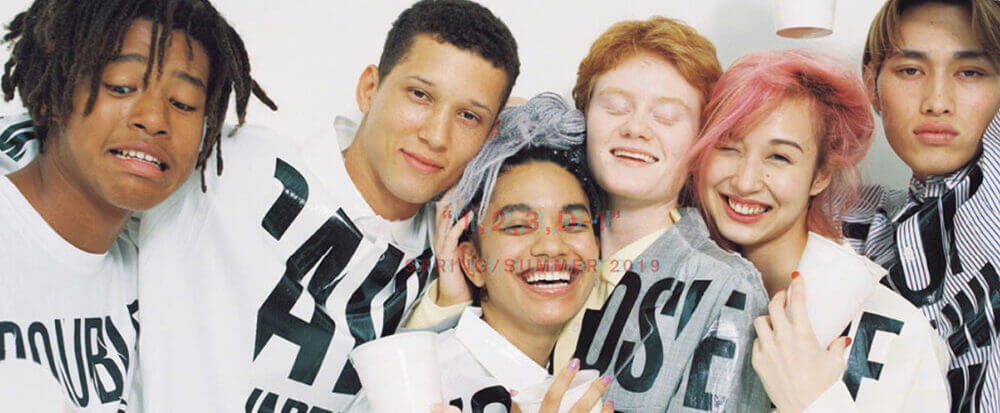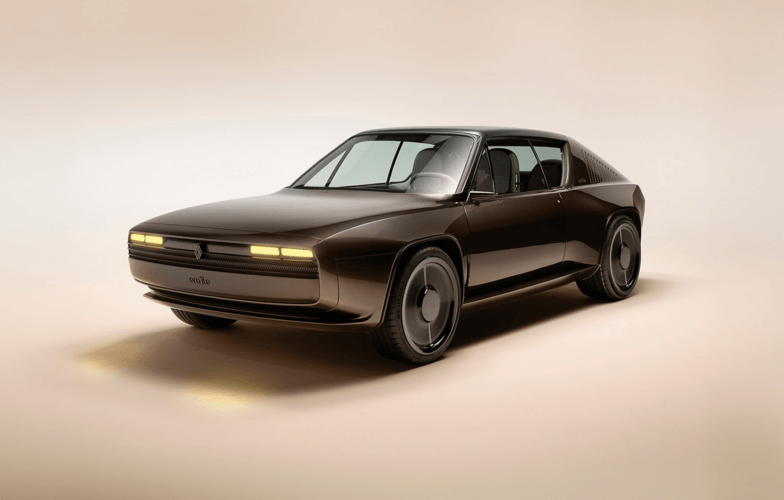
Cultural renewal in Japan
DecodingsAs Japan faces increasingly acute societal challenges, its native creativity is reinventing itself in ways that contrast sharply with the “technoid ” identity that the West currently associates with it. Let’s take a closer look…
In 2019, Japan is experiencing an unprecedented cultural, social and political crisis for several reasons. For one thing, Japan is being overtaken on the economic front. As of 2010, Japan lost its ranking as the world’s second largest economy to China, behind the United States.
In addition, the Japanese population is aging at record speed due to a low birth rate. By 2035, one out of five Japanese (20%) will be older than 75. Since immigration is more or less prohibited, renewing the population is not possible
Finally, Nippon culture is exporting less. On the entertainment front, Sony has lost very sizeable market shares to the South Korean company Samsung. Moreover, the international market has not shown much interest in Japanese contemporary art in spite of its quality, with a few exceptions like artist Takashi Murakami and photographers Hiroshi Sugimoto and Nobuyoshi Araki, whose work is to be found in museums worldwide.
On the other hand, the number of visitors to Japan has almost tripled in five years, rising from 10 to 28 million between 2013 and 2018 according to official government statistics.This trend received a boost from cooperation with the European Union in favor of cultural initiatives focusing on Japonism costing a total of 40 billion euros.
The big events on the horizon – e.g. the Rugby World Cup 2019, the 2020 Summer Olympics in Tokyo and Expo 2025 in Osaka – are expected to accelerate this trend. And other themes, such as those explored during the “Japonismes 2018” cultural season in France (e.g. primitivism, austerity, hybridization and abstraction), reveal the magnetic power of Japan’s creative scene.
#Ar(t)chitecture: The exacting austerity of the void and discretion
Japanese architecture, both ancient and contemporary, is exerting its fascination now more than ever. Villa Kujoyama, France’s only residence for artists in Asia, is receiving applications by the score. It offers residents working in different art forms – painting, sculpture, design, literature, dance, digital production, perfumery, photography, craftsmanship, the culinary arts, street and circus arts – a chance to work with their Japanese counterparts. For instance, Japanese designers and architects achieve dynamic regularity by means of restraint and understatement, a source of inspiration for their French colleagues seeking a response to the saturation of space in Western architecture.
The winner of the Pritzker Prize 2019, Arata Isozaki, is Japanese. In his profile on the Pritzker Prize website, he says: “So, my first experience of architecture was the void of architecture [post-Hiroshima] and I began to consider how people might rebuild their homes and cities.”
More generally, his references are the culture of non-decor, simplicity and the reputational – rather than the visible– rendered through his use of raw color and organic shapes. Another of his themes is man’s connection with Nature, previously interpreted by architect Tadao Ando using wall-formed concrete, steel and natural lighting.
In a more decorative vein, other cultural figures stand heir to the primitive philosophy of the Mono-ha movement, or “School of Things”, in the 1960s. Among them are designer Naoto Fukasawa, mentioned recently in a NellyRodi article, and artist Kohei Nawa, the founder of SANDWICH, a creative platform for multiple creative disciplines. The idea is to treat everyday subjects, eliminating superfluous elements to achieve the simplicity inherent to the Japanese sense of artistry.
Following another line of thought, Anrealage takes inspiration fromdigital and the notion of visibility. The evolution of the brand’s collections, which bring tech to fashion, merits our attention. After working on the coexistence of black – invisible light – and transparency – invisible color – Kunihiko Morinaga has launched “Details” collection, a light-spirited take on the discrepancy between the images constantly bombarding us, all more or less the same, and reality.
This approach highlights a particularity of current Japanese creativity: a back-and-forth between heritage and modernity, simplicity and sophistication, ancestral practices and the national obsession with technology.
Cover © Doublet



